Beyond Aesthetics: The Role of Typography in Web Design
Introduction
In today’s digital age, web design is crucial in attracting and engaging users. While aesthetics and visual elements are important, typography often gets overlooked. However, typography in web design is more than just choosing a font; it significantly impacts user experience, readability, and overall brand perception. In this article, we will explore the importance of typography in web design and how it can enhance the overall user experience.
The Power of Typography
Typography in web design refers to the art and technique of arranging typefaces to convey a message effectively. It involves selecting the right fonts, sizes, spacing, and colors that align with the brand’s identity and purpose. Typography sets the tone and mood of a website, evokes emotions, and guides users through the content.
When done correctly, typography enhances readability, making it easier for users to consume information. It helps establish hierarchy and structure, allowing users to navigate the website effortlessly. Moreover, typography can convey the brand’s personality and create a memorable visual identity
Creating a Cohesive User Experience
Typography is vital in creating a cohesive user experience. Consistency in font choices, sizes, and styles across the website ensures a harmonious visual flow. It helps users understand the content and navigate through different sections without confusion.
Additionally, typography can differentiate various types of content, such as headings, subheadings, body text, and call-to-action buttons. Designers can use different font weights, styles, or colors to guide users’ attention and highlight important information.
Choosing the Right Fonts
When selecting fonts for web design, it’s important to consider readability, legibility, and compatibility across different devices and browsers. Sans-serif fonts like Arial or Helvetica are commonly used for body text due to their simplicity and readability on screens. Serif fonts like Times New Roman or Georgia are often used for headings to add a touch of elegance and sophistication.
It’s also crucial to consider the target audience and the brand’s personality. For example, a tech-focused website may opt for a modern and sleek font, while a children’s website may choose a playful and whimsical font. The chosen fonts should align with the brand identity and evoke the desired emotions.
Enhancing Readability
Readability is critical in web design, as users need to consume information effortlessly. Proper font sizes, line spacing, and contrast enhance readability. Large blocks of text should be broken down into smaller paragraphs or sections with clear headings and subheadings.
Furthermore, designers should consider using white space to improve readability. Ample spacing between lines and paragraphs helps users focus on the content and prevents them from feeling overwhelmed. The right balance between text and white space creates a visually pleasing reading experience.
Typography in web design goes beyond aesthetics; it significantly impacts user experience, readability, and brand perception. By choosing the right fonts, creating a cohesive user experience, and enhancing readability, designers can create websites that look visually appealing and provide a seamless and enjoyable browsing experience for users.
Next time you embark on a web design project, remember the power of typography and its ability to captivate and engage users. Pay attention to font choices, sizes, spacing, and colors, and create a cohesive and visually pleasing experience that aligns with your brand’s identity. Typography is not just an afterthought but a crucial element that can make or break a website’s success.
